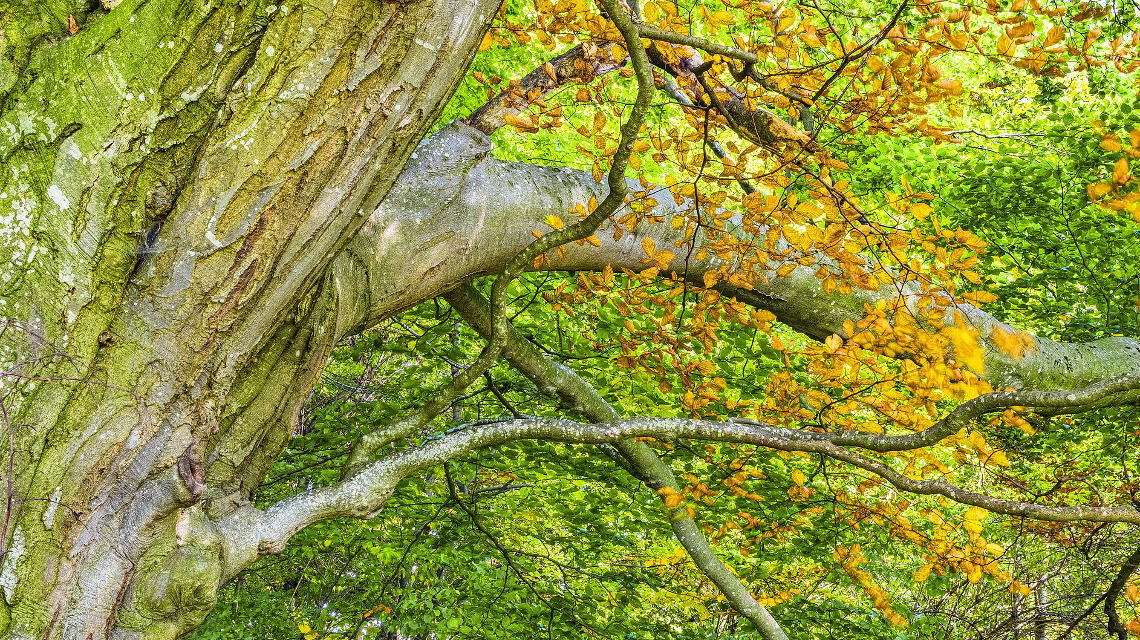Climate change reduces weight of wood
Domestic trees are growing faster and faster, but the wood is also losing weight, according to Munich forest researchers.

Wood is a versatile feedstock that has always been used both as a raw material and as an energy source. The bioeconomy in particular relies on the domestic resource as an alternative to fossil raw materials in order to realise the vision of a sustainable economy. Munich scientists are now presenting a study that illustrates how the raw material is coming under pressure from climate change.
Annual rings reveal the weight of wood
The experts for forest growth and yield science of the Technical University Munich (TUM) took wood samples from trees from the oldest forest test area in Europe. The test field is 150 years old and was laid out at the time of the foundation of TUM. The team led by Hans Pretzsch from the Weihenstephan Science Centre examined the growth rings of several hundred spruces, oaks, beeches and pines with the aid of a high-tech analysis method. The high-frequency probe scanned every sample in steps of one hundredth of a millimetre. "This enables us to measure the specific weight of the wood with an accuracy and resolution that was inconceivable until recently," says Pretzsch.
More growth, but less substance
The result of this precise wood sample analysis: trees have been growing ever faster since 1900. This also means that the trees store more carbon dioxide in the wood and thus make an important contribution to reducing the greenhouse gas. But that is only one side of the coin. As the researchers report in the specialist journals "Forest Ecology and Management" and "Scientific Reports", wood is becoming lighter and lighter every year. Since observations began in 1900, the wood of trees has lost eight to twelve percent of its weight, while the volume growth of trees in Central Europe has increased by 29 to 100 percent at the same time. Climate change is causing trees to grow faster, but at the same time is making the wood lighter.
Stability and calorific value decline
The study thus proves that although the volume of wood increases, it has been losing substance, i.e. wood density, for decades. If wood loses weight, it is also less stable and has a lower calorific value. However, many trades from furniture manufacturers to energy companies are dependent on it. In addition, trees with less stable wood are more susceptible to storms.
Carbon sequestration is overestimated
The researchers see the long-term rise in temperature caused by climate change and the associated longer vegetation period as the causes for the weight reduction of wood. A second issue is the increased nitrogen pollution caused by agriculture, transport and industry. According to the study, this is supported by the decline in late wood density and an increase in the proportion of early wood in the annual rings. The most important message, however, is that the potential of forests for carbon fixation is overestimated. "Accelerated growth is still leading to more carbon sequestration. However, when extrapolated to the forests of Central Europe, the traditional estimate of ten million tonnes of carbon per year is too high," Pretzsch emphasises.


